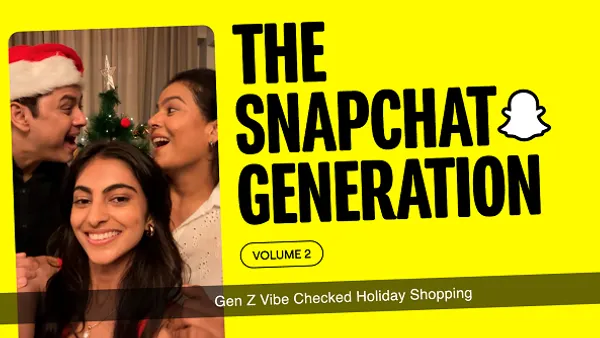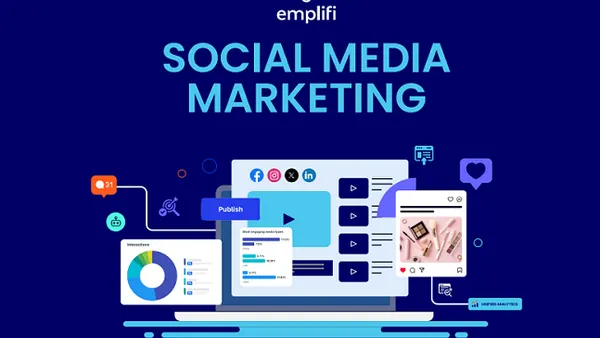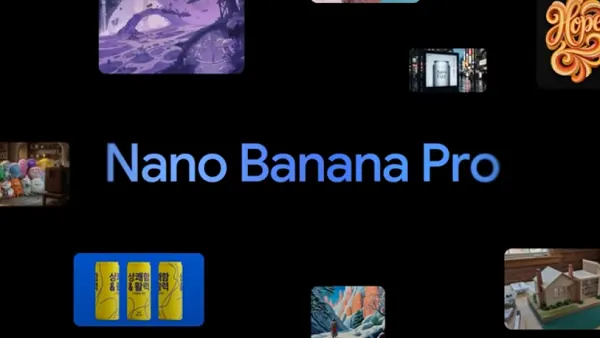 |
| Source: A Network for Every Interest, 140 Proof and IPG Media Lab, 2014. |
- 52% use 2 or more social platforms. Of those, 56% use 4 or more, and 23% use 7 or more.
- 72% agree that "Certain platforms are better suited to different interests."
- 60% "...connect with different types of people, media, and brand on different social platforms."
Summary: people use different social media platforms to share and consume information and content on different interests. In doing so, they connect with different people, and brands on those different platforms.
 |
| Source: A Network for Every Interest, 140 Proof and IPG Media Lab, 2014. |
- Facebook being second behind LinkedIn for business and industry. More bad news for Twitter in this report, but it appears to be coming back.
- Personal Finance. I'll be launching my Kickstarter for the new Personal Finance Social Media Network.
- There are some more platforms I'd like to see compared in this list. Yelp for food and dinning for one.
I found the chart of who people connect with more interesting:
 |
| Source: A Network for Every Interest, 140 Proof and IPG Media Lab, 2014. |
- Facebook is by far the platform used to connect with friends and family. Instagram is in second place and closing - something brand marketers should consider. In fact Instagram just surpassed Facebook in brand posts.
- LinkedIn is by far the most used platform for connecting to business contacts and industry experts. Facebook, however, is a surprising second in terms of business contacts.
- The media and brands columns don't surprise me, but Instagram's growing importance is clear. Instagram is the place to be to reach the under 30 crowd, and a good place to be promoting brand awareness generally.
People's use of Social Media Evolves - Brands Need to as Well!
 |
| Source: A Network for Every Interest, 140 Proof and IPG Media Lab, 2014. |
- The notion of one audience - one platform is gone. You can't assign your customer segments to one platform. It's no longer good enough to say Moms are on Pinterest, and older adults and Grandparents hang out on Facebook. Your target market segments live on different platforms, and use them for different things.
- Identify all the places your customers live and play in the social universe. To have a robust social media marketing approach, and to keep brand in front of your audience, you need to figure out all of the social media platforms that your customers frequent.
- Figure out how your customers use each platform. Do they use one platform for family, friends, and fun? Do they use another for hobbies? Do they use a third for business references? Figure out how your customers are using each platform. That establishes their mindset when they are active on the platform.
- Tailor your content and interactions to your customer's usage characteristics on a per-platform basis. Create a rich, and diverse set of content and interactions that compliments what your customers are doing on a per-platform basis. Engaging with relevant content and social interactions that compliment your customer's mindset will bring you more success. For example, a tool manufacturer, might have a rich set of wood-working boards on Pinterest, advertise sales and run contests targeting fans and friends of fans on Facebook, and promote the quality Brand and Organization on both their LinkedIn and Facebook pages.
4 Tips to Create a Rich, Multi-Platform Social Media Marketing Plan
- Facebook is the place, right now, for social advertising. Remember, people are 71% more likely to buy based on social media referrals. It's simple, people see their friend likes something and are more willing to consider and buy. Reaching the friends of people who are already your fans is often more impactful than other targeted ads. If you're thinking about advertising on social media, targeting fans and friends with ads on Facebook.
- Practice good social listening, and review audience response to your content regularly to determine what content works the best for you. Stay in tune to your audience, what they are doing, and what they are saying. Respond to comments, and provide additional content as needed. This will nurture your community, make them feel well cared for, and build your reputation as a caring and responsive brand. It will also help you trends as they surface and allow you to respond and seize opportunities. In addition, do audience engagement reviews once per month to see the type of content that is resonating with your audience the best. You should be measuring and examining what gets the most:
- Amplification (shares, retweets, repins, etc.)
- Applause (likes, favorites, etc.).
- Conversation share (mentions compared to competitors).
- Conversation (comments).
- Ask your audience what they want from you in terms of content and social media interaction. You can ask them on social media platforms, through ads, through newsletters, and through pop-ups on your site. Ask them what topics they'd like to see covered, and what types of interactions and services they'd like to see/have with your social media accounts. Want more on this, see this article from Tara Geissinger.
- Segment all of this analysis by the segments you're targeting, and the social media platform responses came from. This will help you optimize content, delivery times, and social media engagement plans for each platform you interact with.
This is a lot to digest, and, for some, it may turn the existing social media engagement and content marketing plan on its ear. But, like I said, social media users evolve, brands need to as well.









